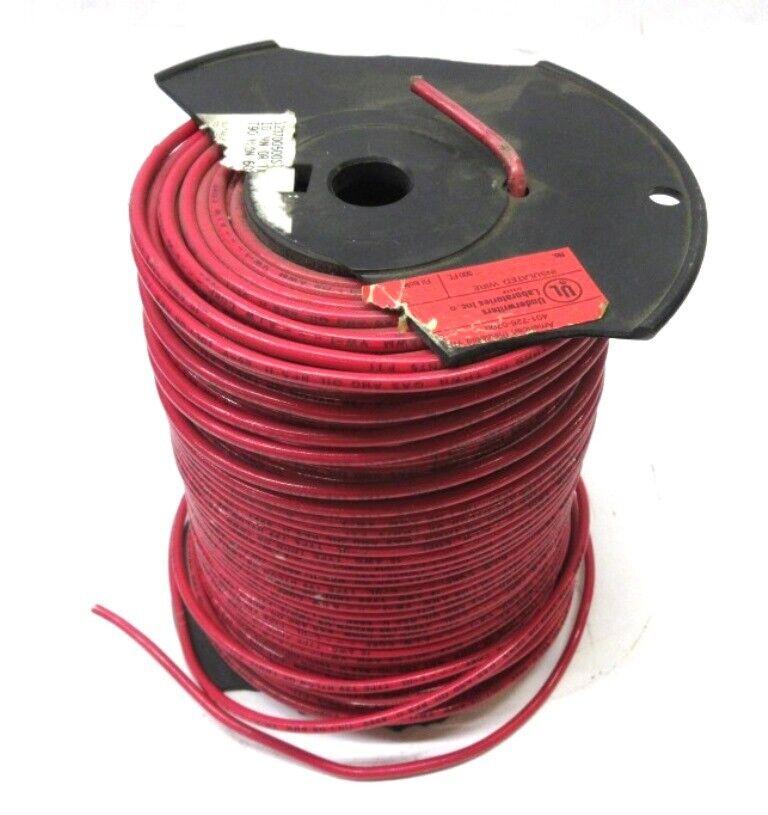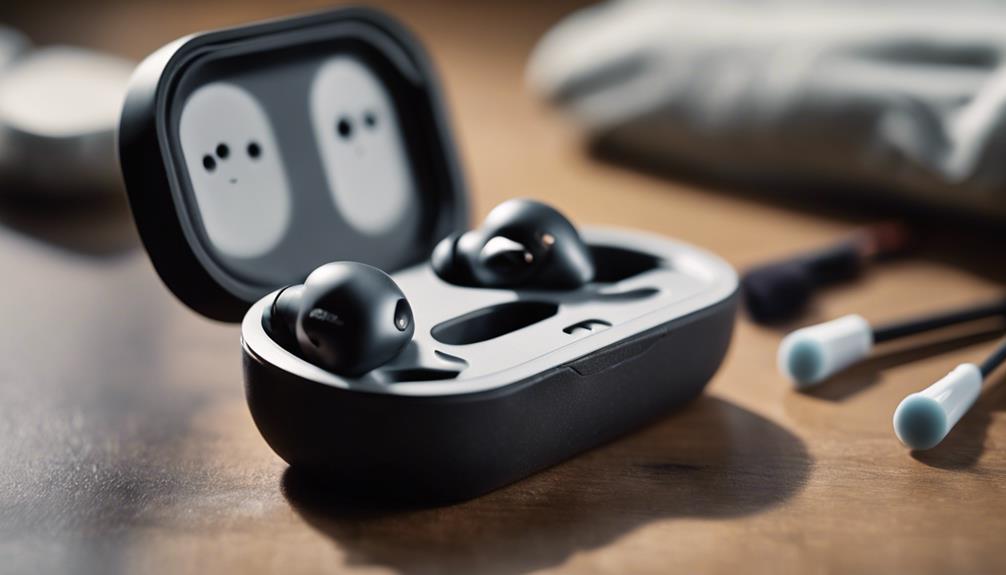
In the realm of modern espionage, the choice of materials used in the manufacturing of spy equipment can significantly influence the effectiveness and durability of operations. One such material that has gained prominence in recent years is T90 nylon, a high-performance fabric known for its strength and versatility. With applications ranging from covert gear to tactical clothing, T90 nylon is admired for its lightweight properties, resistance to wear and tear, and adaptability to various environmental conditions. This article delves into the unique characteristics of T90 nylon, exploring its production methods, benefits, and the role it plays in enhancing the functionality of spy equipment in today’s dynamic security landscape.
T90 Nylon Properties and Performance Characteristics
T90 Nylon, a polyamide known for its superior strength and resilience, has become a critical material in the production of advanced spy equipment. Its unique properties make it suitable for a variety of demanding applications. Important characteristics of T90 Nylon include:
- High tensile strength: This material exhibits exceptional resistance to breaking under tension, making it ideal for components that require durability.
- Excellent abrasion resistance: The ability to withstand wear and tear ensures that spy gear remains functional even in rugged environments.
- Low moisture absorption: T90 Nylon does not easily absorb water, preventing degradation and maintaining performance in varying conditions.
- Thermal stability: With a high heat resistance, T90 Nylon can endure changes in temperature without losing its integrity, essential for field operations.
In addition to its physical properties, T90 Nylon offers outstanding performance characteristics that enhance its utility in espionage technologies. Key performance benefits include:
- Lightweight design: The reduced weight of T90 Nylon allows for portable and easily concealable equipment, crucial for covert operations.
- Flexibility: Its inherent flexibility makes it easy to mold and shape into intricate designs without compromising strength.
- Resistance to chemicals: T90 Nylon can withstand exposure to various chemicals, ensuring longevity even in harsh environments.
- Electromagnetic interference (EMI) shielding: Its properties can be engineered to provide EMI protection, which is vital for secure communication.
Applications of T90 Nylon in Modern Spy Equipment
T90 Nylon, known for its remarkable strength and resilience, has carved out a significant niche in the realm of modern espionage. Its lightweight nature makes it an ideal choice for covert applications, as it allows operatives to move swiftly and silently. In surveillance equipment, T90 Nylon is frequently employed in the construction of durable cases and protective gear, ensuring that sensitive devices remain operational even under harsh conditions. Additionally, the material’s resistance to abrasion and chemicals enhances the longevity of field equipment, enabling spies to execute their missions with minimal concern for wear and tear.
The versatility of T90 Nylon doesn’t stop there; it also finds application in wearable tech, such as tactical clothing and accessories. These garments are not only built to blend into a variety of environments but are also designed to incorporate advanced functionality, such as hidden pockets for storing surveillance gadgets. Moreover, the water-resistant properties of T90 Nylon ensure that equipment housed within these garments remains protected from the elements. Here’s a brief overview of its applications:
| Application Area | Benefits |
|---|---|
| Surveillance Equipment | Durable, lightweight, and protective |
| Tactical Clothing | Discreet, functional, water-resistant |
| Device Casings | Long-lasting and chemical resistant |
| Gear Straps | Secure and reliable under pressure |
Advantages of T90 Nylon for Stealth and Durability
T90 nylon stands out as an exceptional material for enhancing both the stealth and durability of spy equipment. Its unique composition features a blend of high-strength fibers that resist wear and tear, allowing for extended use in challenging environments. This resilience is complemented by a lightweight quality, which aids operatives in maintaining agility and speed without unnecessary bulk. The fabric’s low-light visibility further contributes to stealth capabilities, making it difficult for potential adversaries to detect gear during covert operations.
Additionally, T90 nylon possesses water and abrasion-resistant properties, ensuring that the equipment remains functional in diverse weather conditions. This durability translates into minimal maintenance and a prolonged lifespan of essential gear. The material’s versatile color options can also be tailored to suit various operational environments, blending seamlessly into urban or natural settings. The combination of these features not only enhances the effectiveness of spy gear but also helps to maintain the operational advantage of agents in the field.
Comparative Analysis of T90 Nylon with Other Materials
T90 Nylon stands out in comparison to other materials commonly used in the manufacturing of spy equipment due to its unique blend of strength, flexibility, and resistance to environmental factors. Unlike traditional plastics or metals, T90 Nylon maintains a lower weight, making it ideal for covert operations where mobility and stealth are critical. Its durability allows it to withstand significant wear and tear while remaining operable in harsh conditions, unlike materials like PVC, which can degrade more easily over time. Moreover, the resistance to chemical exposure ensures that T90 Nylon can survive in various environments without losing functionality. This makes it a prime candidate over alternatives such as polyethylene or ABS plastics.
In addition to its physical resilience, T90 Nylon exhibits superior thermal properties compared to composite materials. It can uphold structural integrity across a wide temperature range, outperforming materials such as fiberglass that may not be as reliable when exposed to extreme heat or cold. The table below summarizes the key characteristics of T90 Nylon compared to other materials commonly utilized in spy equipment:
| Material | Weight | Durability | Temperature Resistance | Chemical Resistance |
|---|---|---|---|---|
| T90 Nylon | Low | High | -40°C to 120°C | Excellent |
| PVC | Medium | Medium | -10°C to 60°C | Good |
| Polyethylene | Low | Medium | -30°C to 80°C | Fair |
| Fiberglass | High | Very High | -40°C to 85°C | Good |
Best Practices for Sourcing and Utilizing T90 Nylon in Surveillance Gear
When selecting T90 nylon for surveillance gear, it’s essential to prioritize both performance and durability. T90 nylon is renowned for its superior tensile strength and abrasion resistance, making it ideal for equipment that experiences wear and tear during covert operations. To ensure you are sourcing the highest quality material, consider the following guidelines:
- Verify Material Certification: Ensure your supplier provides certification regarding the nylon’s specifications, confirming its suitability for high-stakes environments.
- Evaluate Deniability: Choose colors and finishes in T90 nylon that blend well with various environments to enhance operational stealth.
- Check Military Standards: Look for compliance with military specifications (MIL-SPEC), as this indicates a higher level of performance and reliability.
Utilizing T90 nylon effectively in the construction of surveillance gear involves several key practices. First, it’s crucial to assess the intended application and configure the design to maximize the nylon’s characteristics. For instance, consider the different layers in your gear; a combination of T90 nylon with other materials can provide optimal strength while maintaining a lightweight profile. Secondly, ensure proper stitching and reinforcement in high-stress areas to prevent any potential failure during use. Here’s a concise overview of the recommended approaches:
| Approach | Description |
|---|---|
| Layering Techniques | Integrate T90 nylon with other composite fabrics for added durability. |
| Reinforced Stitching | Use double stitching in critical areas to enhance integrity. |
| Field Testing | Conduct thorough tests in various conditions to ensure reliability. |
Future Trends in the Use of T90 Nylon for Intelligence Operations
The adoption of T90 Nylon in intelligence operations is projected to evolve dramatically as technology continues to advance. As a lightweight, high-durability material, T90 Nylon is poised to enhance the design of modern spy equipment, contributing to its efficiency and effectiveness. The future may see developments such as:
- Advanced Coatings: Innovations in waterproof and fire-resistant coatings will further improve the resilience of T90 Nylon in various environments.
- Integration with Smart Technology: The melding of T90 Nylon with cutting-edge sensors and smart tech will allow for real-time data collection and transmission.
- Eco-Friendly Variants: With increasing attention to sustainability, the emergence of eco-friendly T90 Nylon composites may attract the focus of intelligence agencies.
The expansion of wearable technology and stealth materials presents new opportunities for T90 Nylon applications. As field agents seek seamless integration of equipment into their attire or accessories, T90 Nylon’s adaptability will prove invaluable. The anticipated advancements include:
| Application | Benefit |
|---|---|
| Clothing | Durability & flexibility in extreme conditions |
| Bags & Cases | Lightweight transport of high-tech gear |
| Field Equipment | Enhanced stealth features |
This synergy between T90 Nylon and the intelligence sector suggests a future where operational capabilities are not only increased, but also more discreet, allowing for significant advancements in undercover missions and data gathering methodologies.
Q&A
Q&A: Understanding T90 Nylon in Spy Equipment
Q1: What is T90 nylon?
A1: T90 nylon is a type of synthetic polymer (nylon) known for its durability, flexibility, and resistance to abrasion and environmental factors. It is designed specifically to meet the rigorous demands of various applications, including military and surveillance. Its lightweight and strength make it an ideal material for espionage-related equipment.
Q2: Why is T90 nylon used in spy equipment?
A2: T90 nylon is favored in the manufacture of spy equipment for several reasons. Its high tensile strength allows for the creation of durable yet lightweight gear. Additionally, it exhibits excellent resistance to moisture, chemicals, and temperature changes, ensuring that equipment remains operational in diverse and challenging environments. The material can also be easily processed into various shapes, making it suitable for custom applications in surveillance technologies.
Q3: What types of spy equipment is made from T90 nylon?
A3: T90 nylon is used in a variety of spy equipment, including but not limited to: bags, cases, and pouches for carrying sensitive devices; protective covers for cameras and sensors; climbing gear for covert operations; and tactical clothing that requires both stealth and durability. Its versatility allows for its integration into many pieces of gear essential for espionage.
Q4: Is T90 nylon resistant to detection?
A4: While T90 nylon itself is not specifically designed for stealth, its properties can aid in reducing visibility. The material can be combined with other technologies, such as camouflage patterns or advanced coatings, to minimize detection by thermal or visual means. However, T90 nylon’s main advantages are its strength and durability rather than its detection-evading capabilities.
Q5: Are there any drawbacks to using T90 nylon in spying?
A5: Although T90 nylon offers many benefits, there are some drawbacks to consider. The cost of production can be higher than other materials, which could limit its use in low-budget operations. Additionally, while T90 nylon is resistant to many environmental factors, it may still be susceptible to certain extreme conditions that could affect the integrity of the equipment made from it.
Q6: How does T90 nylon compare to other materials used in spy equipment?
A6: Compared to traditional materials like cotton or polyester, T90 nylon provides superior durability, water resistance, and temperature stability. It is often preferred for its lightweight nature, which contributes to the ease of mobility for agents in the field. However, materials like Kevlar may be chosen for their bullet-resistant qualities, suggesting that the choice of material ultimately depends on the specific requirements of the mission.
Q7: What future developments might occur with T90 nylon and spy equipment?
A7: Future developments may include advancements in the manufacturing processes of T90 nylon, leading to enhanced properties such as increased resistance to cuts and tears. Additionally, ongoing research may investigate the integration of smart technology into T90 nylon-based equipment, creating fabrics that can track environmental conditions or even detect unauthorized access. The evolution of espionage technology is likely to further embed T90 nylon into the fabric of modern surveillance tools.
Q8: Where can T90 nylon be sourced or purchased for use in spy equipment?
A8: T90 nylon can typically be sourced from specialized textile manufacturers that cater to military and tactical markets. Suppliers may offer bulk purchasing options for organizations involved in security and surveillance. It is vital for procuring entities to ensure they follow all legal regulations and guidelines regarding the use of such materials for espionage-related purposes.
Closing Remarks
T90 nylon’s unique properties make it an exceptional material for various applications in the realm of spy equipment. Its lightweight yet durable nature, combined with high resistance to weathering and abrasion, positions T90 nylon as a fundamental element in the production of tactical gear, covert bags, and protective clothing. As technology continues to evolve, the integration of advanced materials like T90 nylon will undoubtedly enhance the effectiveness and reliability of espionage tools, ensuring that stealth and durability remain at the forefront of intelligence operations. Moving forward, ongoing research and development may further expand the potential applications of T90 nylon, solidifying its role in shaping the future landscape of surveillance and covert operations.





